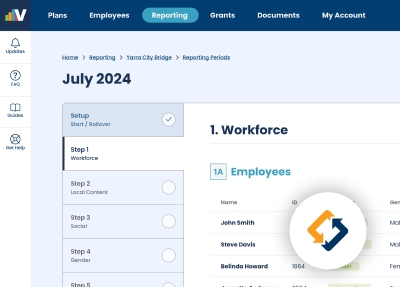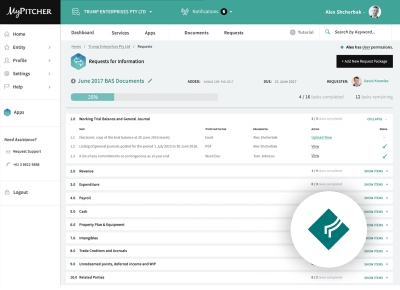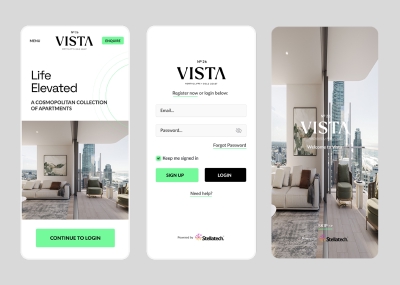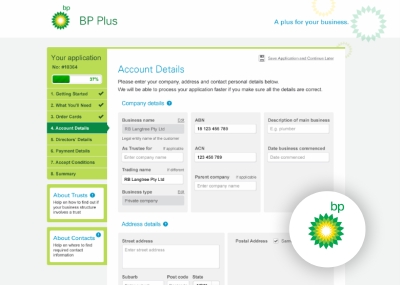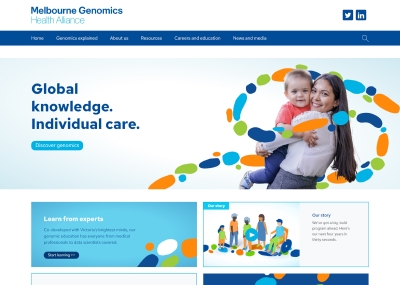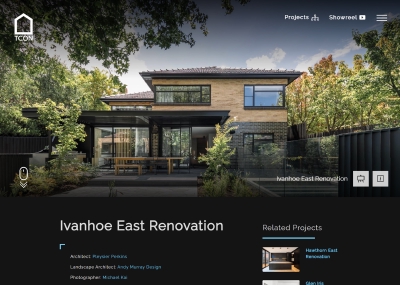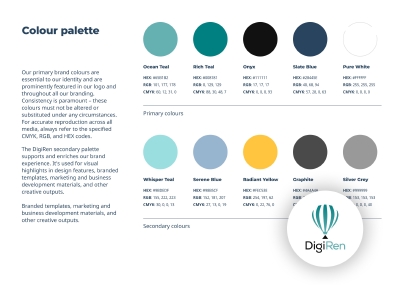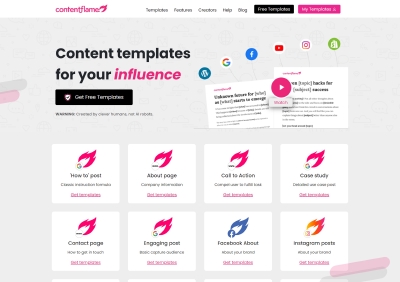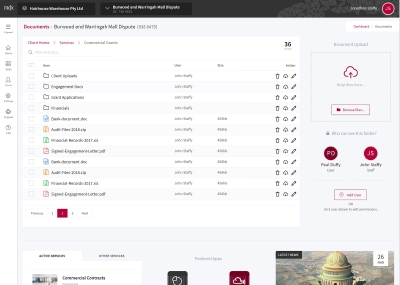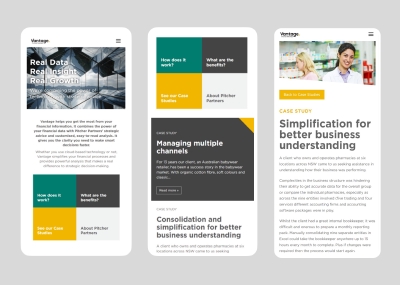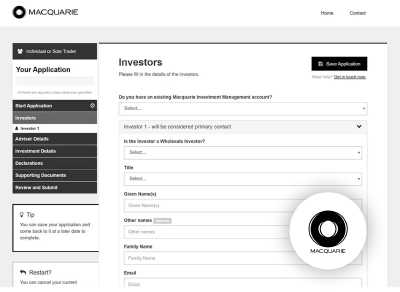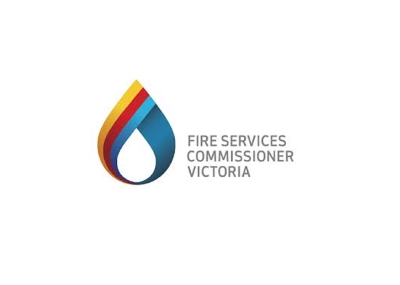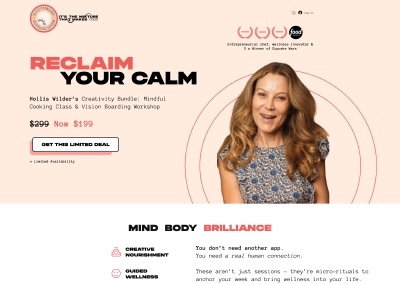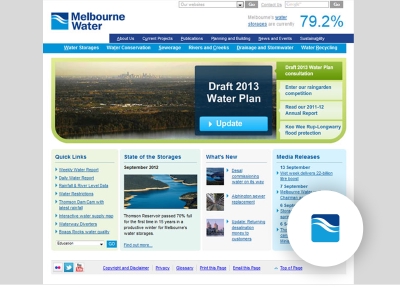Automating Document Capture for B2B Engagements
Designing a faster, more secure way to collect files from clients.
The Mission
The goal was to replace an outdated, spreadsheet-based process for requesting documents from clients. Staff were manually tracking document collection via intranet spreadsheets — an error-prone, inefficient method that required constant client chasing.
Client
Pitcher Partners
Pitcher Partners is a top 10 accounting and advisory firm in Australia, with over 140 partners, 1,500+ staff, and thousands of business clients nationwide. They offer services across tax, audit, superannuation, and business advisory.
My Roles
Product Designer / Product Owner
(via Future Pixel Agency)
- Liaised directly with the CTO and leadership team
- Worked in daily Agile sprints alongside Pitcher’s internal dev team
- Delivered research insights, prototypes, implementation specs
Challenges
Pitcher Partners needed a smarter way to manage and track information requests from clients. The existing process relied on a manually updated spreadsheet stored on the intranet, which made it difficult to maintain accuracy, visibility, and momentum across engagements. As EOFY approached, there was an urgent need to modernise the system and reduce the administrative load on both staff and clients.
- Manual tracking via shared spreadsheet
- No automation or deadline reminders
- Lack of real-time visibility into task status
- Frustrating experience for clients uploading files
- Increased risk of human error and data inconsistencies
- Staff spending time chasing files instead of adding value
- Falling behind competitors offering more streamlined solutions
Approach
Discovery
Workshops, stakeholder interviews, and focus groups with staff and clients.
Design
Wireframes and hi-fi designs in Adobe, prototyped in InVision.
Testing
Usability testing and continuous iteration based on internal feedback.
Delivery
Detailed annotated specs for dev handoff, plus ongoing collaboration via Slack and Jira.
Design Thinking
Our design approach at Pitcher was rooted in UX research and internal focus groups, ensuring real staff needs shaped the product. We aligned closely with the marketing team to stay fully on-brand, applying modern design trends that supported clarity and usability.
We focused on transparency and ease of use, designing clear visual progress indicators and callouts for incomplete steps to streamline workflows. A guided wizard was introduced to simplify the creation of new RFI packages—breaking complex tasks into intuitive, step-by-step screens to encourage adoption across teams.
The result was a user experience that balanced business requirements with staff expectations, ultimately improving visibility, adoption, and consistency.
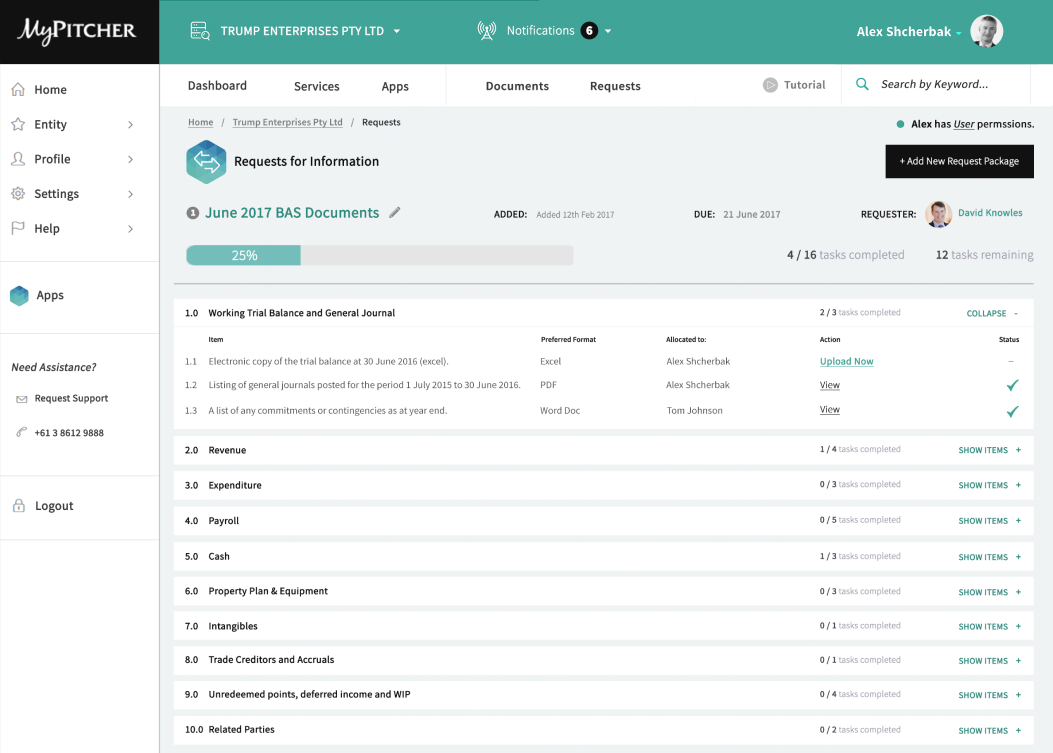
Impact
Before
- Manual tracking via spreadsheets
- Staff manually chasing clients
- Unclear status or feedback
- Not secure or user-friendly
After
- Real-time progress tracking
- Automated follow-ups
- Secure upload & smart logic
- Intuitive for clients & staff
+32%
Task completion
within 48hrs
+48hrs
Saved per
engagement
-70%
File/email handling
errors
High
Client
satisfaction
How I Worked
I worked side-by-side with the internal Pitcher dev team—co-locating in our office three days a week to foster close collaboration and fast feedback loops. I wore both the UX and Product Owner hats, facilitating shared problem-solving sessions, whiteboarding concepts, and continuously refining user flows based on stakeholder input.
I created and maintained user stories, prioritised the backlog in Jira, and ensured alignment across business, tech, and design. Each morning began with an internal stand-up to set focus and unblock progress, and each sprint closed with a retrospective to reflect, optimise, and plan the next iteration. Our process emphasised transparency, accessibility, and modern UI patterns—delivering a streamlined experience for both client and staff users.
Tools & Stack
Final Takeaway
This project sharpened my collaboration and product thinking. I contributed directly to business strategy, simplified core processes, and helped deliver a feature that clients genuinely loved. It was gratifying to hear: “I want you to build this again at my new company.” That’s when you know the delivery hit the mark.
